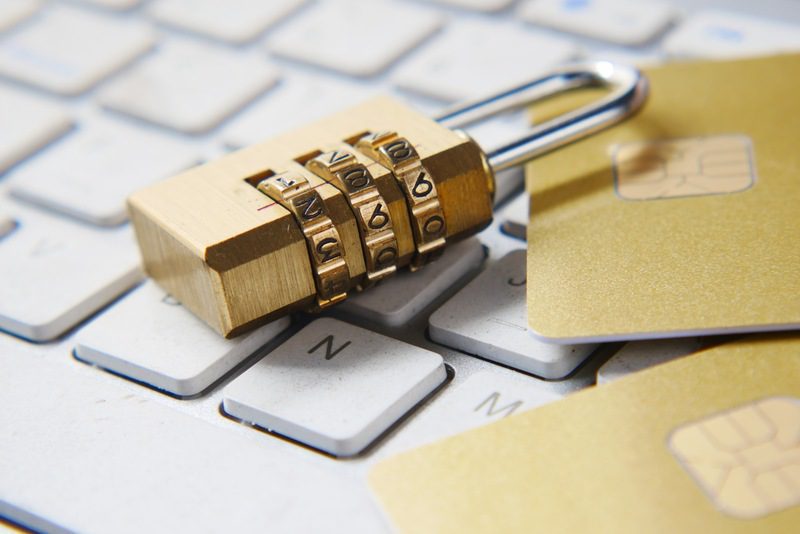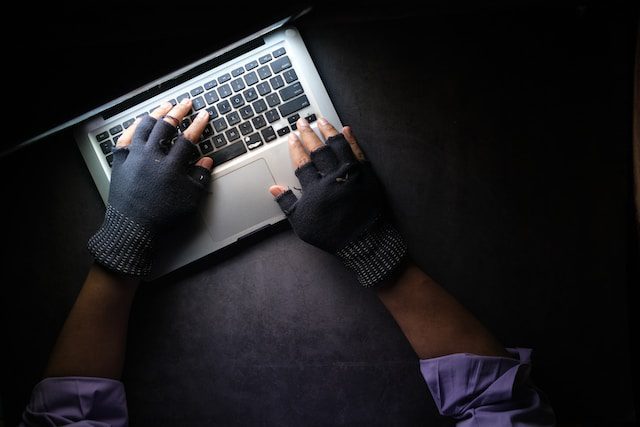How to Safeguard Your Social Media Accounts from Hackers
Social media is more than just a platform for sharing photos and updates. It’s become a significant part of our daily lives, from staying in touch with friends to catching up on current events. But with this increasing dependence comes a rise in risks.

Hacking attempts on social media platforms have surged in recent years. When these breaches occur, personal information can be exposed, reputations tarnished, and digital lives thrown into chaos. The importance of safeguarding our online spaces has never been so paramount.
Understand the Threats
Hackers employ various methods to break into social media accounts. Some disguise themselves as trusted entities, sending deceptive links to gather personal information. Others exploit vulnerabilities in software or applications. Interestingly, a high-quality essay writers online service would never ask for sensitive information, but hackers might craft phishing schemes pretending to be such services.
When these attacks succeed, the results can be damaging. Unauthorized posts might be shared, personal data could be sold, and private conversations may be exposed. In essence, hacking not only compromises our digital privacy but also poses severe threats to our real-life security and reputation.
Strengthen Your Passwords
Passwords stand as the first line of defense in our digital world. Their role in maintaining our online security is undeniably crucial. When weak, they leave the door ajar for unwanted intrusions.
Creating a robust password is an art and a necessity. It’s advisable to mix uppercase and lowercase letters, numbers, and symbols. Avoid common words or phrases, birthdays, and easily guessable sequences like “12345”.
Remember, the strength of a password often determines its effectiveness against cyber threats. Prioritizing its complexity is a step towards a safer online experience.
Enable Two-Factor Authentication (2FA)
Two-Factor Authentication, often abbreviated as 2FA, is a security feature that demands two types of identification before granting access. Imagine it as a second lock on your digital door, requiring an additional key.
The primary role of 2FA is to add an extra layer of protection. Even if someone cracks your password, they’d still need this second piece of verification, which is often a unique code sent to your phone or generated by an app.
Consistently enabling 2FA on your accounts is akin to double-locking your front door. It’s an essential practice for those serious about safeguarding their online spaces.
Be Wary of Phishing Attempts
Phishing is a cunning trick where hackers pose as trustworthy entities to extract sensitive information. These attempts often come in the form of deceptive emails or messages with malicious links.
It’s crucial to scrutinize messages that ask for personal details or direct you to click on links. Check the sender’s email or message source. If it looks suspicious or unfamiliar, it’s best to steer clear.
Maintaining caution online is about developing good habits. Always verify before trusting. Think twice before clicking. And when in doubt, it’s better to be safe and avoid potential pitfalls than to regret later.
Manage Account Permissions and Connected Apps
Connected apps and third-party permissions often have more access to our social media accounts than we realize. These connections, while offering convenience, can sometimes be the weak links in our online security.
It’s essential to regularly review and manage the apps and services linked to your accounts. Do you recognize all of them? Are they still relevant? If not, it might be time to disconnect or revoke their permissions.
A proactive approach is recommended. Periodically check your account settings, especially after trying out new apps or online services. Keeping a tight rein on permissions ensures a more controlled and secure online environment.
Regularly Review Security and Privacy Settings
Social media platforms, much like the best paper writing service, are designed with user customization in mind. However, often users are unaware of the multitude of security and privacy settings available to them.
Venturing into the settings section of your account can be enlightening. Here, you can define who sees your content, how your data is used, and which devices are linked to your account. Just as you’d choose a reputable paper writing service for academic needs, opt for the strongest settings for your online safety.
To enhance security, set profile visibility to ‘Friends Only’ or ‘Private’. Regularly update your password, and always enable 2FA when available. Small tweaks can lead to fortified defenses.
Be Mindful of Public Wi-Fi
Public Wi-Fi, commonly found in cafes, airports, and malls, offers convenience but comes with inherent risks. These networks are often less secure, making them prime targets for hackers aiming to intercept data.
Using public networks exposes your online activities, and potentially, your personal information. Hackers on the same network can eavesdrop, capturing login credentials or even altering web pages without you noticing.
To navigate these risks, consider using a Virtual Private Network (VPN). VPNs encrypt your data, masking your online actions even on public networks. By turning on a VPN, you’re adding a layer of armor, ensuring your online activities remain private and secure.
Educate Yourself and Stay Updated
In the ever-evolving realm of digital security, user awareness plays a pivotal role. Being informed acts as a shield, equipping you against newer threats and potential pitfalls.
Staying updated is more than a one-time task; it’s an ongoing commitment. Follow trusted tech news sources, join online forums dedicated to cybersecurity, and subscribe to official platform newsletters. Websites like the Cybersecurity and Infrastructure Security Agency (CISA) or security blogs from reputable tech firms are great starting points.
Cultivate a habit of periodic research. In a world where digital threats evolve rapidly, knowledge is your best ally, ensuring a secure and smooth online experience.
Conclusion
Navigating the digital landscape requires vigilance, and the significance of robust social media security cannot be overstated. As we’ve explored, there are multiple facets to ensuring our online spaces remain impervious to threats.
While platforms continuously work to fortify their defenses, users must also shoulder the responsibility. By adopting recommended measures and maintaining a proactive approach, together we can foster a safer digital community. In this intertwined realm of technology and human action, both platforms and their users play crucial roles in upholding security.






